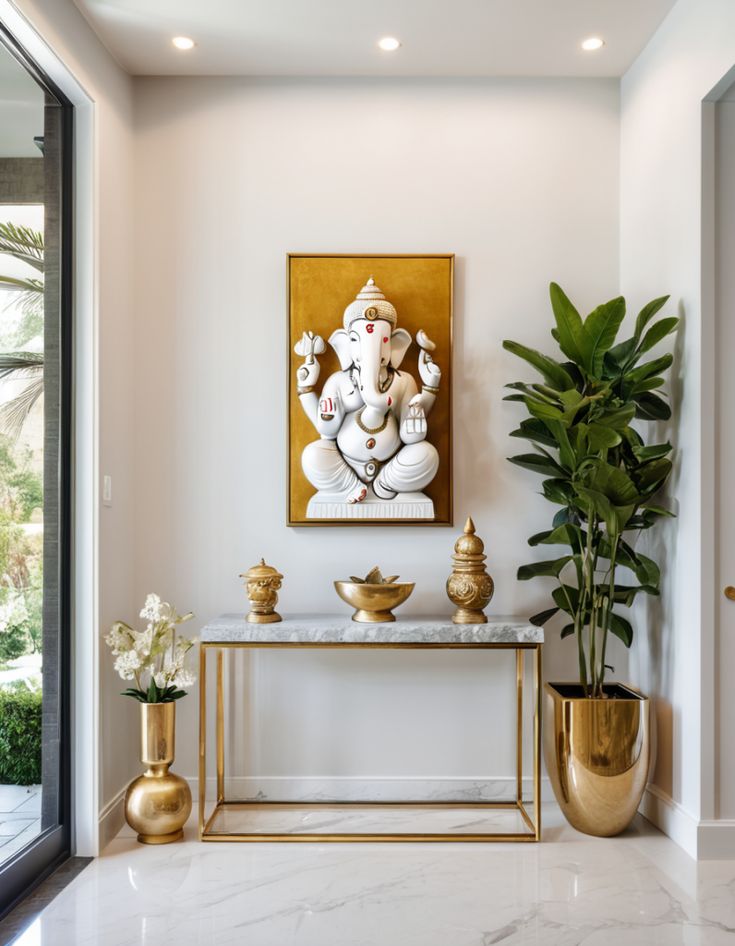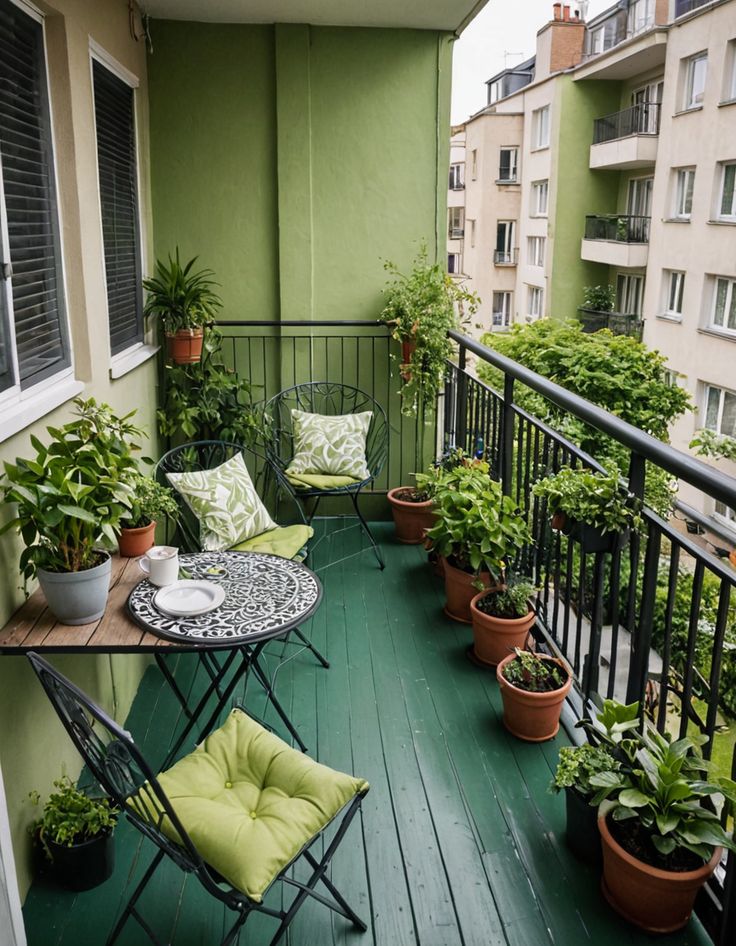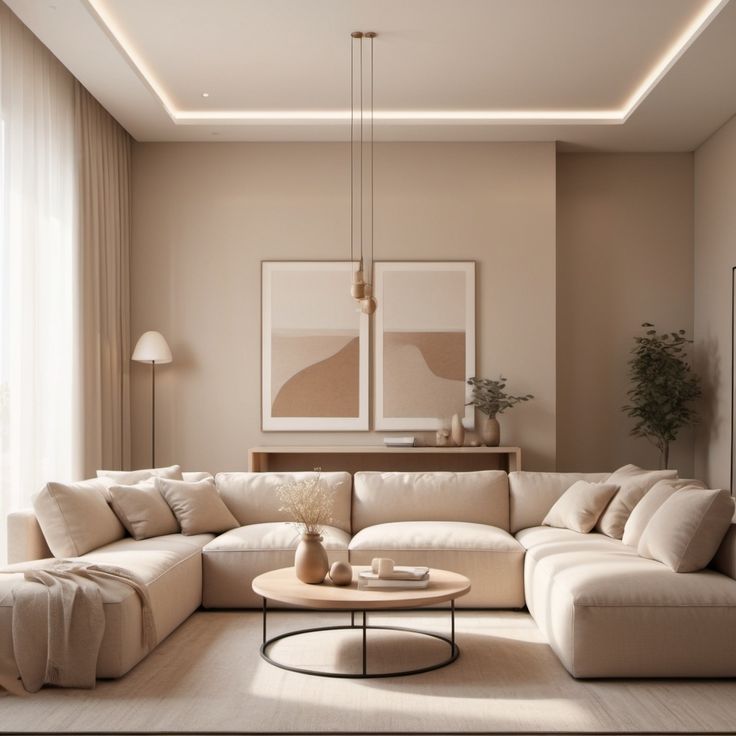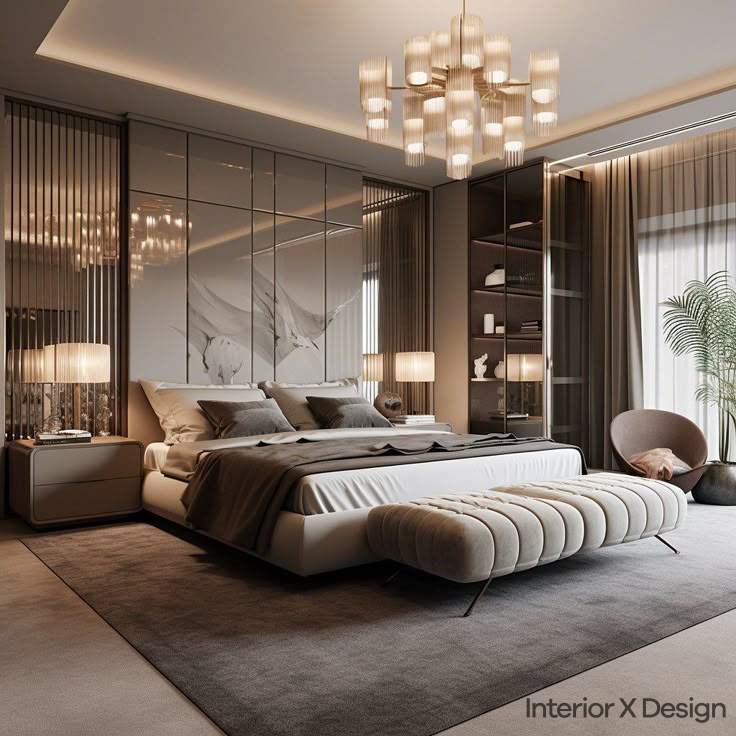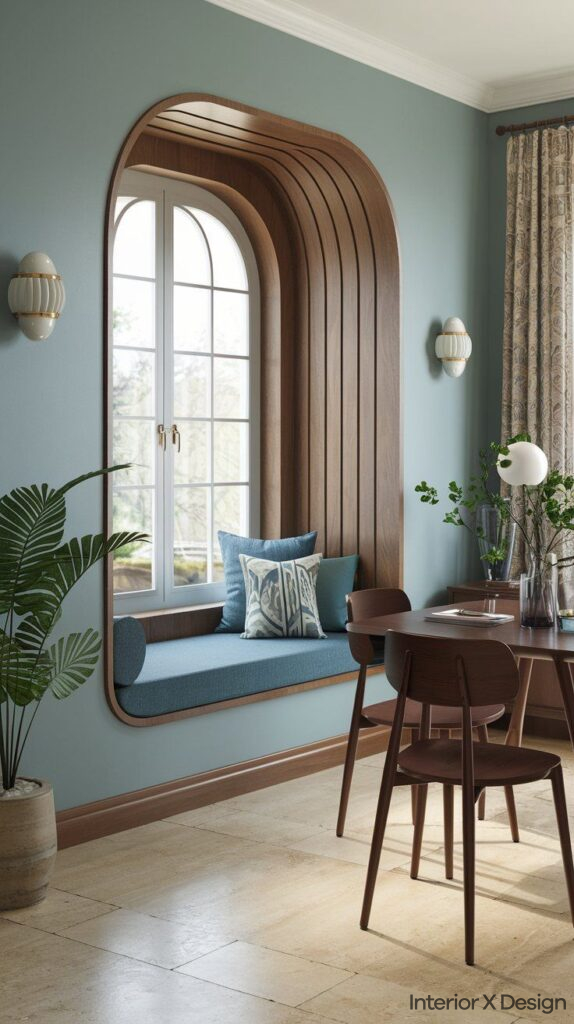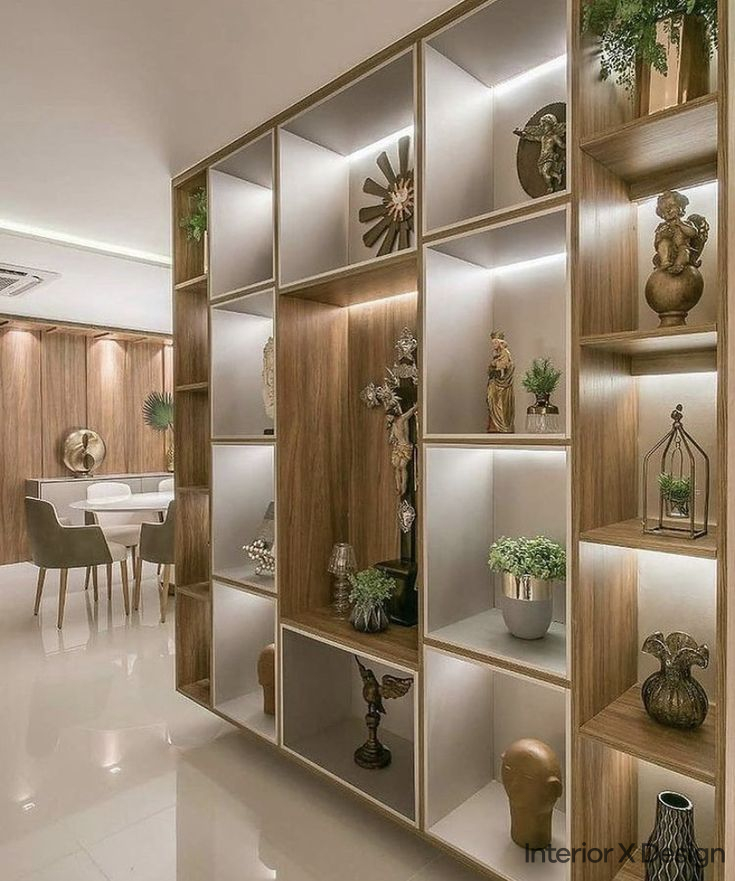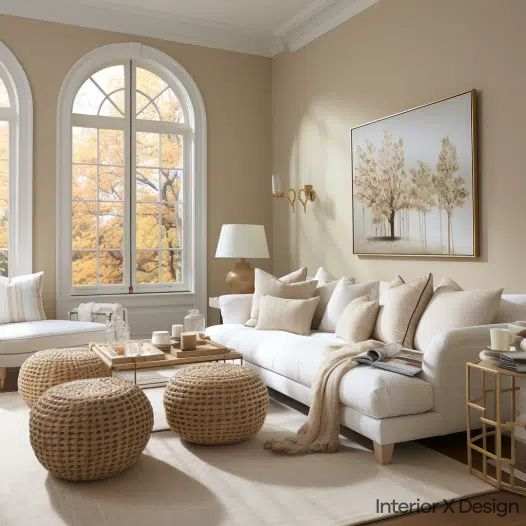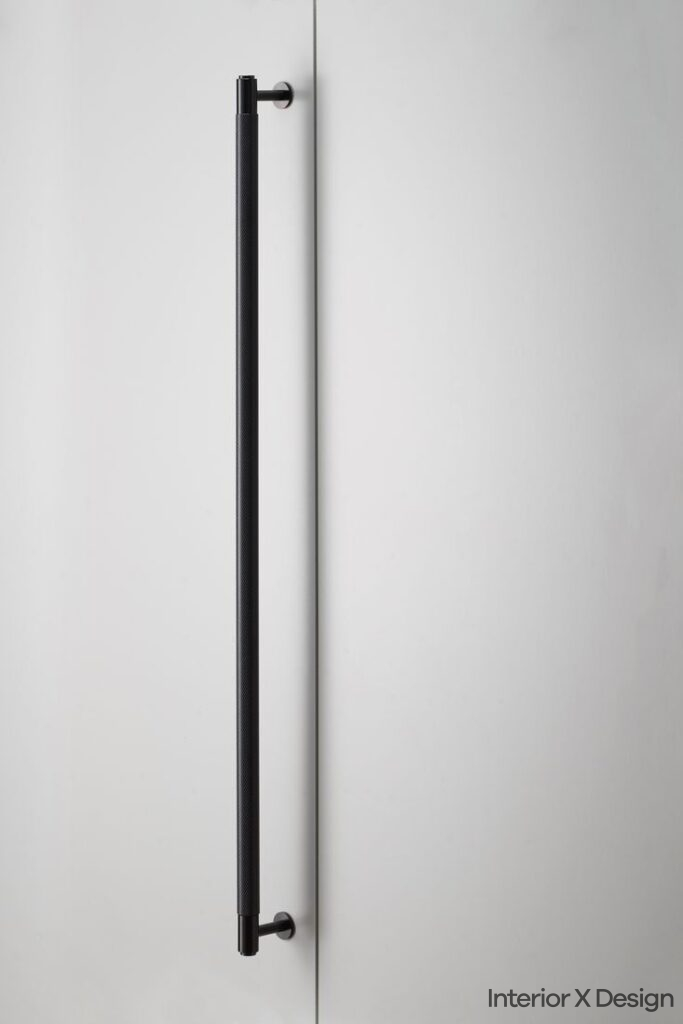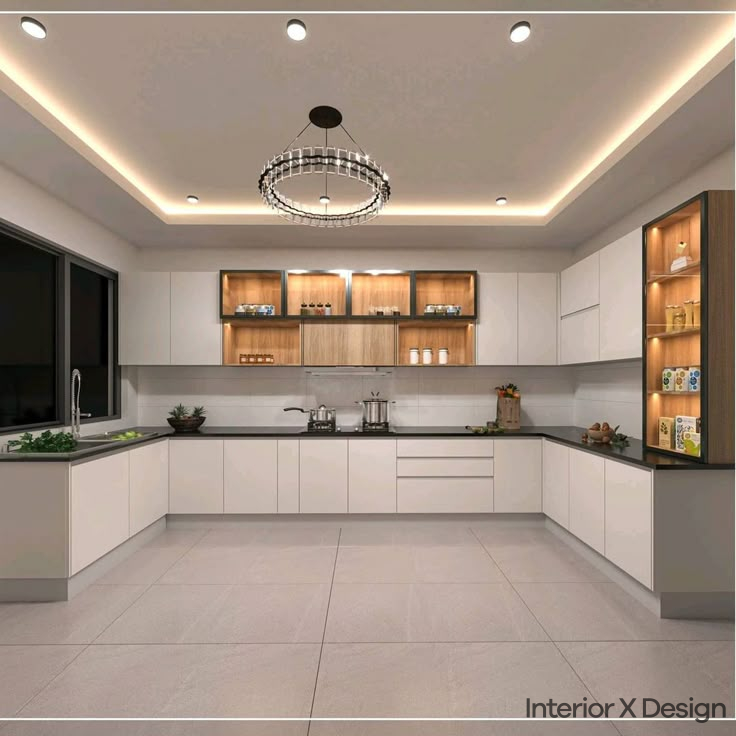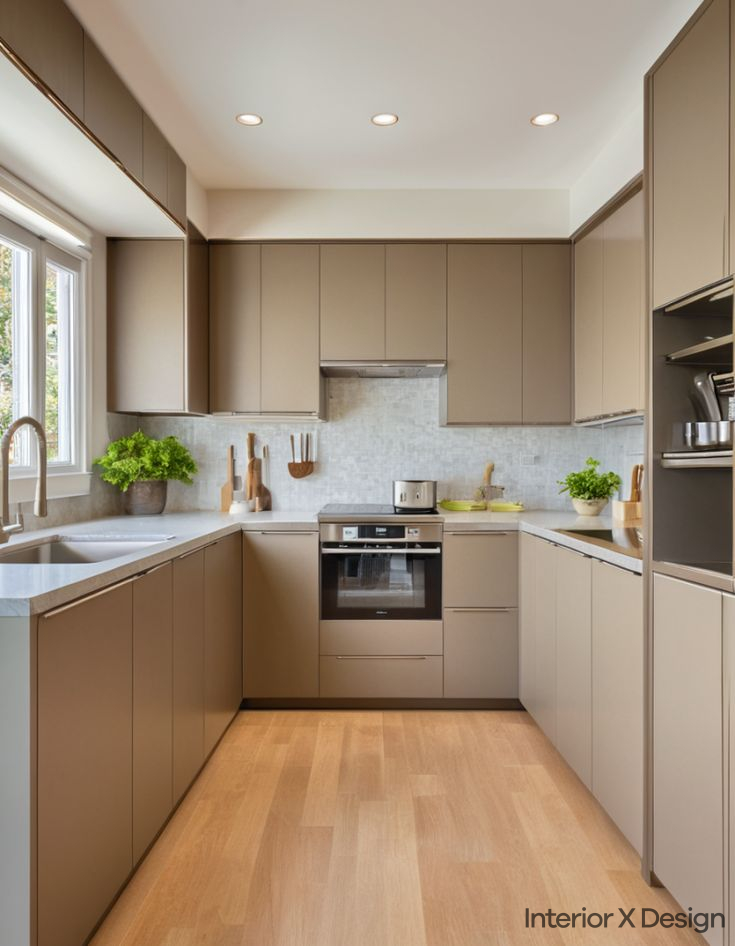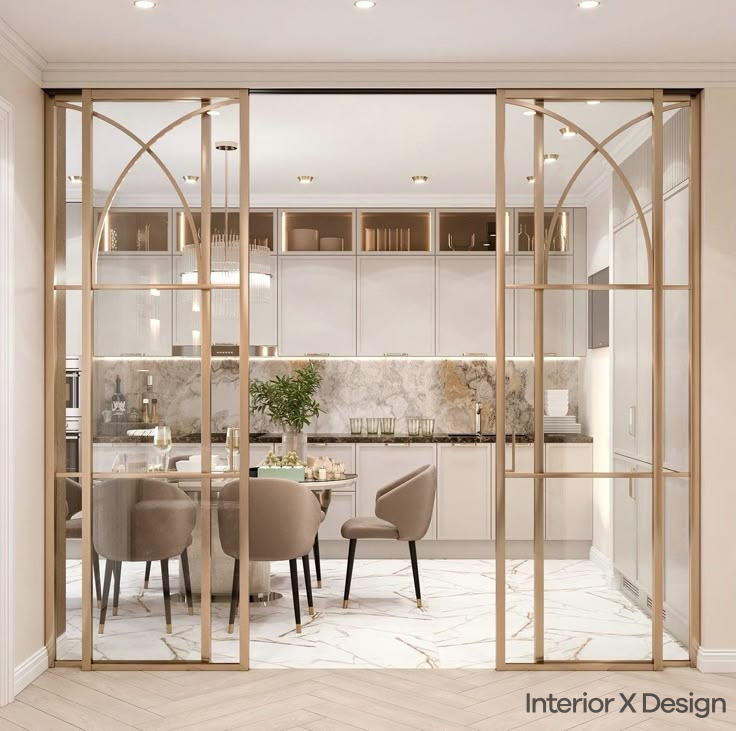Understanding Feng Shui and Vastu Shastra
What is Feng Shui?
Feng Shui, an ancient Chinese practice, focuses on arranging your surroundings to balance energies and promote prosperity, health, and happiness. Translating to “wind” and “water,” Feng Shui emphasizes the flow of chi (energy) in your living or working space.
What is Vastu Shastra?
Vastu Shastra, originating in India, is a traditional architectural science that integrates nature, cosmic energy, and architectural design. It focuses on aligning structures with cardinal directions to optimize energy flow and enhance peace and prosperity.
Differences and Similarities Between Feng Shui and Vastu
While both practices aim to harmonize energy, they differ in approach:
- Origins: Feng Shui stems from Taoism, while Vastu is rooted in Hindu philosophy.
- Elements: Feng Shui emphasizes five elements (wood, fire, earth, metal, water), whereas Vastu highlights space, air, fire, water, and earth.
- Directionality: Vastu often follows strict directional rules, whereas Feng Shui is more flexible.
Similarities: Both prioritize energy balance, the importance of natural elements, and creating spaces that promote well-being.
Core Principles of Feng Shui and Vastu Shastra
Key Feng Shui Principles
- Declutter Your Space: A clutter-free environment ensures the free flow of chi.
- Five Elements: Balance wood, fire, earth, metal, and water for harmony.
- Bagua Map: Use the Bagua map to identify areas of your space connected to aspects of life (wealth, relationships, health, etc.).
- Furniture Placement: Avoid placing furniture that blocks pathways or disrupts energy flow.
- Color Psychology: Choose colors based on the energy and mood you wish to invoke.
Key Vastu Shastra Principles
- Directional Alignment: Align rooms and entrances with cardinal directions.
- East-facing: Promotes growth and positivity.
- North-facing: Attracts wealth and prosperity.
- Room Placement:
- Bedrooms in the southwest ensure stability.
- Kitchens in the southeast promote health.
- Natural Light: Maximize sunlight exposure to harness positive energy.
- Use of Materials: Incorporate natural materials like wood, stone, and metal.
- Water Elements: Place water features in the north or northeast for prosperity.
Feng Shui and Vastu Tips for Each Room
Living Room
- Feng Shui: Position seating to face the main door but avoid aligning directly with it. Use earthy tones to create a grounding atmosphere.
- Vastu: Keep the living room in the northeast or northwest. Avoid sharp corners and place plants to enhance positivity.
Bedroom
- Feng Shui: Place the bed against a solid wall for support. Avoid mirrors facing the bed to prevent restless energy.
- Vastu: Position the bedroom in the southwest. Sleep with your head facing south for better health.
Kitchen
- Feng Shui: Keep the stove and sink apart to balance fire and water elements. Incorporate vibrant colors like red and orange for vitality.
- Vastu: Locate the kitchen in the southeast and avoid placing it under a staircase.
Office/Workspace
- Feng Shui: Position your desk to face the door but not directly aligned with it. Add plants to boost creativity.
- Vastu: Ensure the workspace faces north or east for better concentration and financial growth.
Bathroom
- Feng Shui: Use plants to absorb negative energy. Keep the toilet lid closed to prevent energy drain.
- Vastu: Locate bathrooms in the northwest. Avoid constructing bathrooms in the northeast.
Practical Feng Shui and Vastu Tips for Harmonious Living
- Main Entrance:
- Feng Shui: Decorate the entrance with welcoming elements like plants or a vibrant doormat.
- Vastu: Keep the main door clean and well-lit. Avoid clutter near the entrance.
- Mirrors:
- Feng Shui: Place mirrors strategically to reflect positive energy but avoid reflecting beds.
- Vastu: Avoid mirrors in the south or west. Use them in the north or east to amplify energy.
- Plants:
- Feng Shui: Add bamboo or jade plants for prosperity.
- Vastu: Incorporate tulsi (holy basil) in the northeast for spiritual growth.
- Lighting:
- Feng Shui: Use layered lighting to create warmth and balance.
- Vastu: Ensure ample natural light and use soft lighting for relaxation.
- Color Palette:
- Feng Shui: Opt for calming blues and greens in bedrooms, and energizing reds in kitchens.
- Vastu: Use whites and creams in the northeast and earthy tones in the southwest.
Common Mistakes to Avoid
Feng Shui Mistakes
- Blocking entryways with furniture.
- Using excessive dark colors.
- Ignoring broken or malfunctioning items.
Vastu Mistakes
- Constructing toilets in the northeast.
- Ignoring directional rules for kitchens and bedrooms.
- Overcrowding spaces with unnecessary items.
FAQs on Feng Shui Vastu Shastra
How do Feng Shui and Vastu affect mental health?
Feng Shui and Vastu practices promote harmony and reduce stress by optimizing energy flow in your surroundings.
Can Feng Shui and Vastu be combined?
Yes Feng Shui and Vastu can be combined, combining them can create a more balanced and positive environment. Focus on their common principles and align elements accordingly.
Are there budget-friendly ways to implement these tips?
Absolutely! There are budget friendly ways to implement these Feng Shui and Vastu tips. Simple changes like decluttering, adding plants, and repositioning furniture can make a significant difference.
Conclusion
Creating a harmonious living space doesn’t have to be complicated. By following these Feng Shui and Vastu Tips for Harmonious Living, you can transform your home or office into a sanctuary of peace and prosperity. Embrace these practices to invite positivity, enhance well-being, and achieve a balanced lifestyle.
For more inspiration, check out Interior X Design’s blog or explore their residential interior design services for expert guidance.

